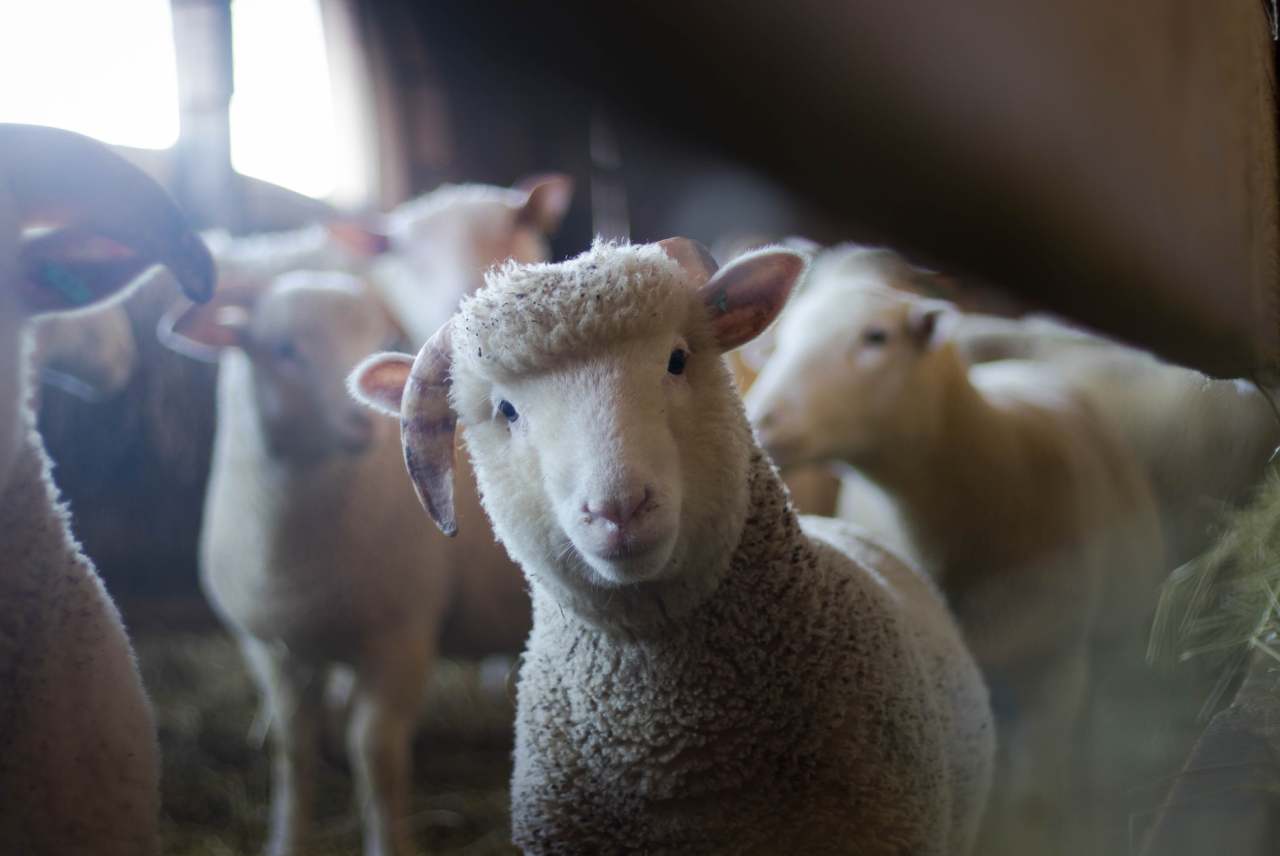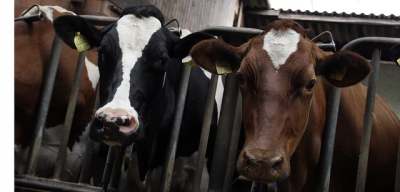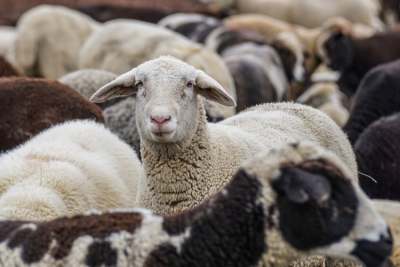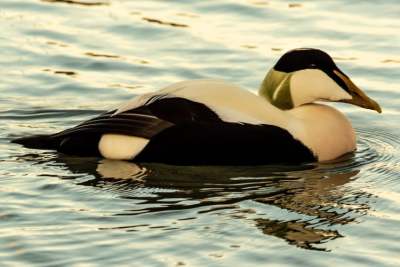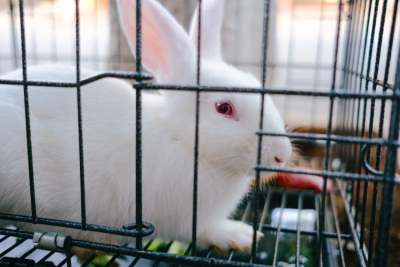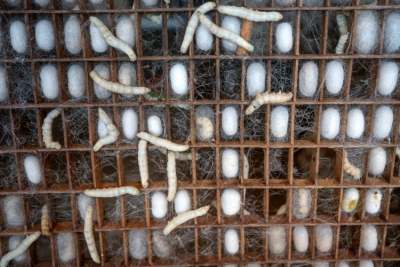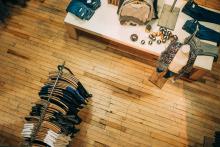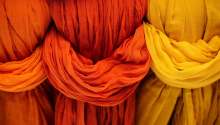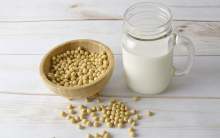Like leather, wool is an incredible adaptation that allows animals to survive in many conditions. It is warm and water resistant, helping a shivering sheep on a UK hillside in November. Humans and companies have recognised the powerful qualities of wool and as such it has become a staple in the clothing industry.
Yet, its use raises serious concerns for those worried about animal welfare and animal rights.
Most wool in the UK comes from sheep. Around one third is taken from lambs after they have been slaughtered for meat. The rest comes from ewes, who are bred for birthing.
The industry is associated with multiple animal welfare issues. Lambs are often subject to ‘tail docking’ – cutting their tails short to prevent infection. Ewes are inseminated artificially and encouraged to mate on repeat and can have serious problems giving birth, due to the way sheep have been bred to suit industry demands. Sheep are rarely allowed to live their full lifespan, and are killed when their bodies slow down and are unable to produce at the same rates as a younger animal.
Shearing itself also has welfare issues attached. According to Viva!, “Sheep are easily frightened and don’t like being handled but shearers forcibly restrain them to remove their wool. [...] To prevent sheep from vomiting due to stress, food and water are often withheld for eight hours beforehand.” Shearers are generally paid by the number of sheep sheared, rather than an hourly wage – at £2 per sheep in the UK. This may force them to rush through the process, making injuries to the sheep more likely. There is no legal requirement for shearers to be trained.
Research by Ethical Consumer also found that wool is the worst fabric when it comes to carbon footprint. It had the highest carbon emission per kilo of any fabric looked at – producing three times the emissions of flax linen, the best fabric when it comes to the carbon footprint. Buying recycled wool is a way of lowering its impact.
Merino wool and animal welfare
Australia is the world’s biggest exporter of merino wool, responsible for about a quarter of all global production. Due to the prevalence of something called ‘fly-strike’ in the country, sheep farmers often perform 'mulesing' which involves carving strips of skin and flesh off the backs of unanaesthetised lambs’ legs and around their tails. This is done to cause smooth, scarred skin that won’t harbour fly eggs. Around 20 million merino lambs are subjected to mulesing every year.
More and more companies are committing to only source from suppliers who will not use mulesing. Ethical Consumer marks companies down under the Animal Rights category if they haven’t made this commitment, so check our guides to clothing to avoid this practice.
Animal rights group Four Paws hoped that there might be an end to the cruel practice of mulesing for the wool industry. Four Paws have collated a list of 350 fashion brands that have a clear policy against mulesing. It also reports that many brands have made commitments to only sourcing wool that is certified mulesing free.
Angora wool and animal welfare
Angora wool comes from rabbits. The majority of angora rabbits are bred and kept in China, where they are housed in small, dirty, bare cages and live plucked four times a year. Reports have found that rabbits can be restrained and live plucked even in ‘humane’ farms.
For this reason, more than 425 brands have banned angora.
Is wool ethical and what certification schemes are there?
For many vegans, wool will be a no go, because sheep can’t consent to us using it. For others, it may depend on how the sheep have been reared and kept (and may be appealing in an age of plastic because it is biodegradable or non-synthetic).
Some brands are trying to support better wool farming practices. For example, outdoor brands like Patagonia use the Responsible Wool Standard. The standard was developed by the Textile Exchange, working with experts from Four Paws, Humane Society and Wildlife Friendly. PETA has, however, previously accused it of greenwash, saying that inspections were ineffective and not performed often enough.
Along with the Responsible Wool Standard there are also the Responsible Alpaca Standard and Responsible Down Standard, which are very similar to the Responsible Wool Standard.
In our clothing guides we give some positive marks to organic wool certified by the Soil Association when rating companies, which has higher animal welfare standards overall.
Secondhand wool might be an option, to avoid directly funding the industry. But for others this doesn’t really address the problem of sporting an animal product.
